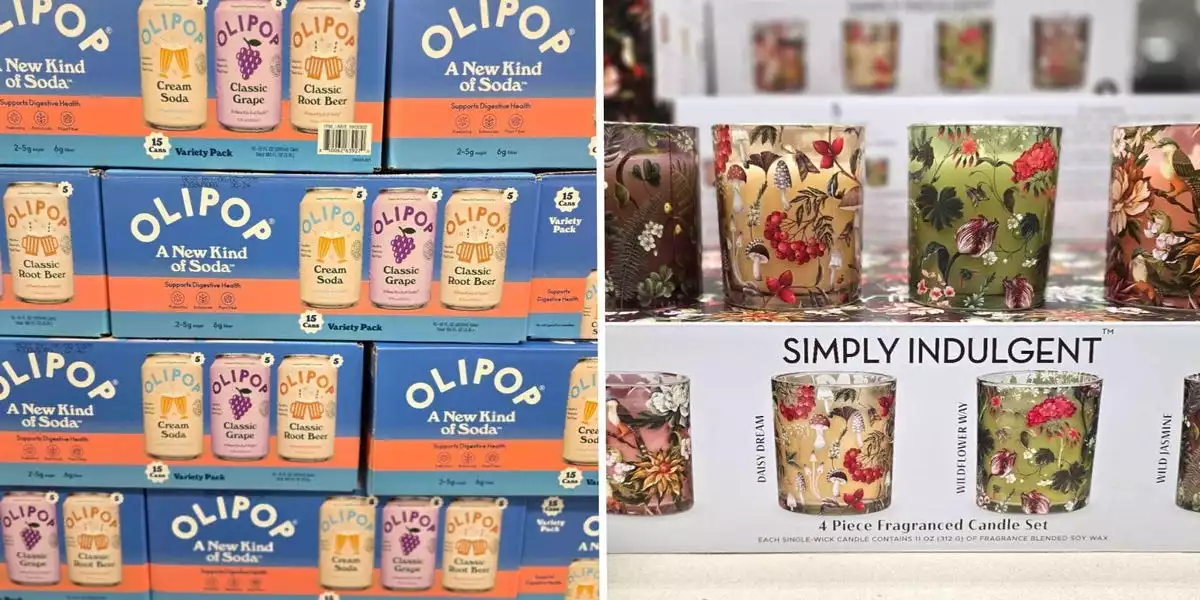In the ever-evolving world of artificial intelligence, one of the hottest topics of conversation is whether AI should be allowed to generate NSFW content. OpenAI, known for its popular text generator ChatGPT and image generator DALL-E, has been quite conservative in this area – avoiding anything remotely risqué. However, a recent peek into their “Model spec” suggests a potential shift in this stance. The draft documentation hints at the possibility of OpenAI exploring the responsible inclusion of NSFW content in appropriate contexts through its API and ChatGPT. It seems like the company is ready to dip its toes into the not-so-prudish waters.
While OpenAI may be venturing into uncharted territory with the idea of incorporating NSFW content into its AI systems, the realm of AI and sex is not entirely new. People have engaged in intimate conversations and relationships with AI beings, including those developed by OpenAI. Additionally, there are platforms that create suggestive imagery, pushing the boundaries of what AI is capable of in the realm of sensuality. The larger question arises: When AI generates NSFW content, does it infringe on the privacy and consent of individuals who never agreed to be a part of the model’s training data? This ethical dilemma adds layers of complexity to the debate.
As OpenAI delves into the possibility of introducing NSFW content, it is evident that the company is treading carefully, mindful of societal expectations and potential backlash. The wording of the “Model spec” commentary note reflects a cautious approach, acknowledging the need to better comprehend user and societal perspectives on model behavior in this specific domain. The team at OpenAI is acutely aware of the ethical considerations surrounding AI-generated NSFW content and is likely working diligently to address these concerns.
The imminent release of OpenAI’s video generator, Sora, adds a sense of urgency to the discussion. With the capacity to produce highly realistic synthetic footage, the potential for creating explicit content becomes even more tangible. Whether OpenAI ultimately decides to embrace NSFW content, it is clear that the demand for such material is a significant driving force in the AI industry. As technology continues to advance, the boundaries between what is acceptable and what is not will inevitably be tested.
In a landscape where innovation knows no bounds, the conversation around AI-generated NSFW content is both intriguing and contentious. OpenAI’s contemplation of venturing into this territory highlights the ever-evolving nature of AI ethics and the need for responsible decision-making in the face of societal expectations and ethical considerations. As the lines between reality and artificial creations blur, the future of AI and NSFW content remains a topic of heated debate within the tech community.




 By
By
 By
By By
By
 By
By

 By
By

 By
By
 By
By






